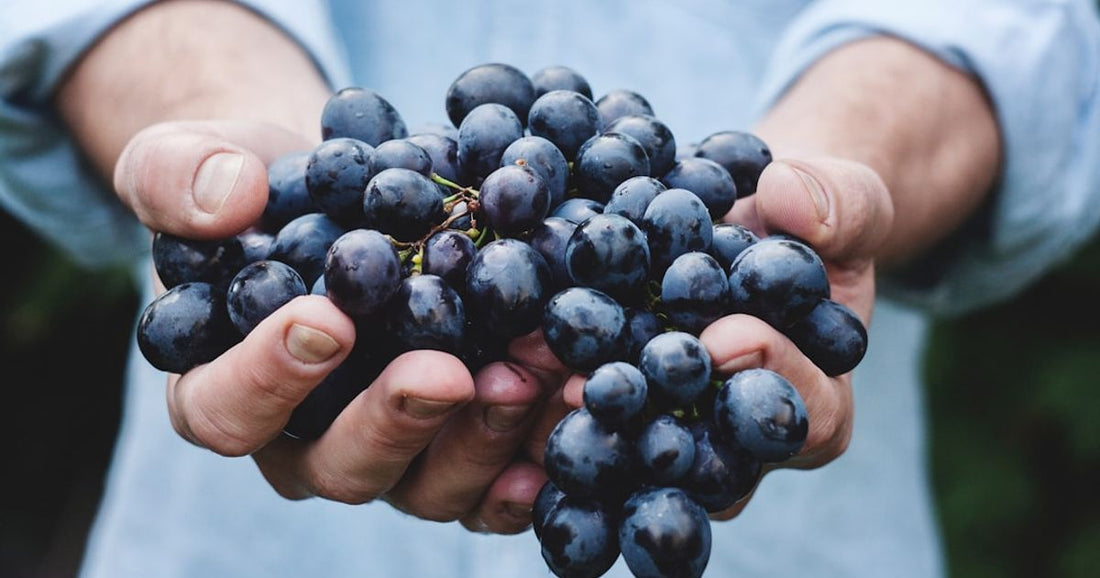
The History of Winemaking in Burgundy
Share
Nestled in the heart of France, Burgundy is a wine region synonymous with excellence and tradition. Its history is as rich and complex as the wines it produces, stretching back over two millennia. From the Roman vine plantations to the influence of the monasteries and the complexities of the modern era, Burgundy's winemaking tradition has shaped not only the landscape of the region but also the global perception of fine wine. This article invites you to explore the fascinating journey of Burgundy's evolution into a symbol of winemaking excellence, offering a glimpse into the practices, challenges, and triumphs that have defined its storied past.
Key Takeaways
Before delving into the detailed history of winemaking in Burgundy, here are some key points to remember:
- Burgundy's winemaking tradition dates back to Roman times, with significant development during the Middle Ages under the influence of monasteries.
- The region is renowned for its terroir-driven approach, emphasizing the importance of soil and climate in the production of unique wines.
- Burgundy has a complex classification system, developed over centuries, that reflects the quality and specificity of its wines.
- Innovation and tradition coexist in Burgundy, with winemakers respecting historical practices while embracing modern techniques.
The Roman Foundation and Early Middle Ages
The story of Burgundy's wine begins with the Romans, who introduced viticulture to the region in the 1st century AD. They recognized the potential of Burgundy's terroir for producing quality wines and began cultivating grapes along the slopes that are now celebrated worldwide.
Following the fall of the Roman Empire, the winemaking tradition in Burgundy could have vanished if not for the Christian monasteries that emerged during the Early Middle Ages. Monks, particularly from the Cistercian and Benedictine orders, played a crucial role in developing viticulture. They were meticulous in their approach, studying the land and experimenting with grape varieties to produce wines for religious purposes and to sustain their communities.
The Influence of the Monasteries
Cistercian Monks and the Concept of Terroir
The Cistercian order, with their strict adherence to manual labor and self-sufficiency, significantly advanced the understanding of terroir. They were among the first to recognize that wine's quality could vary significantly from one plot of land to another. Through careful observation and record-keeping, they identified specific areas that produced superior wines, essentially laying the groundwork for Burgundy's complex system of climats (vineyard plots classified for their unique terroir).
Benedictine Monks and Viticultural Expansion
Simultaneously, the Benedictine monks were expanding viticulture in Burgundy. They established some of the most famous vineyards, including those in the Côte d'Or, which remains the heart of Burgundy wine production today. The Benedictines were instrumental in developing the winemaking techniques that would be refined over the centuries, contributing to the distinctive character of Burgundy wines.
The Dukes of Burgundy and the Rise of Prestige
The influence of the Church on Burgundy's winemaking tradition continued until the region caught the attention of the Dukes of Burgundy. From the 14th to the 15th centuries, the Dukes elevated the status of Burgundy wines to new heights. They recognized the value of the wines produced in their domain and used them as diplomatic gifts, spreading Burgundy's fame across Europe. The Dukes also implemented policies to protect the quality of the wines, including regulations on grape varieties and winemaking practices.
The French Revolution and Its Aftermath
The French Revolution marked a turning point for Burgundy's vineyards. The Church's lands were seized and redistributed, leading to the fragmentation of vineyards among numerous small landowners. This period of upheaval was challenging for the region, but it also democratized winemaking, setting the stage for the diversity of producers that characterizes Burgundy today.
Modern Challenges and Innovations
Phylloxera and the Rebirth of the Vineyards
In the late 19th century, the phylloxera epidemic devastated European vineyards, and Burgundy was no exception. The solution, grafting European vines onto phylloxera-resistant American rootstock, allowed Burgundy's vineyards to recover. This crisis also prompted a reevaluation of viticultural practices, leading to improvements in vineyard management and wine production.
The Appellation d'Origine Contrôlée (AOC) System
The early 20th century saw the introduction of the Appellation d'Origine Contrôlée (AOC) system, a regulatory framework designed to protect the authenticity and quality of French wines. Burgundy played a pivotal role in its development, with the region's complex classification system serving as a model. The AOC system formalized the concept of terroir and ensured that Burgundy wines would be produced according to strict standards.
Embracing Tradition and Innovation
In recent decades, Burgundy has seen a resurgence in the emphasis on traditional winemaking practices, such as organic and biodynamic farming. At the same time, winemakers are embracing modern techniques and technology to enhance quality. This balance between innovation and tradition ensures that Burgundy remains at the forefront of the wine world, producing wines that are revered for their complexity, depth, and expression of terroir.
Conclusion
The history of winemaking in Burgundy is a testament to the region's enduring commitment to quality, tradition, and innovation. From the Roman vineyards to the monastic contributions, the influence of the Dukes of Burgundy, and the challenges of the modern era, Burgundy's winemaking tradition has evolved while maintaining its core values. As you explore Burgundy's wine regions through tasting events or delve into the systematic approach to wine tasting, remember the rich history that has shaped this iconic wine region into a symbol of excellence worldwide.



